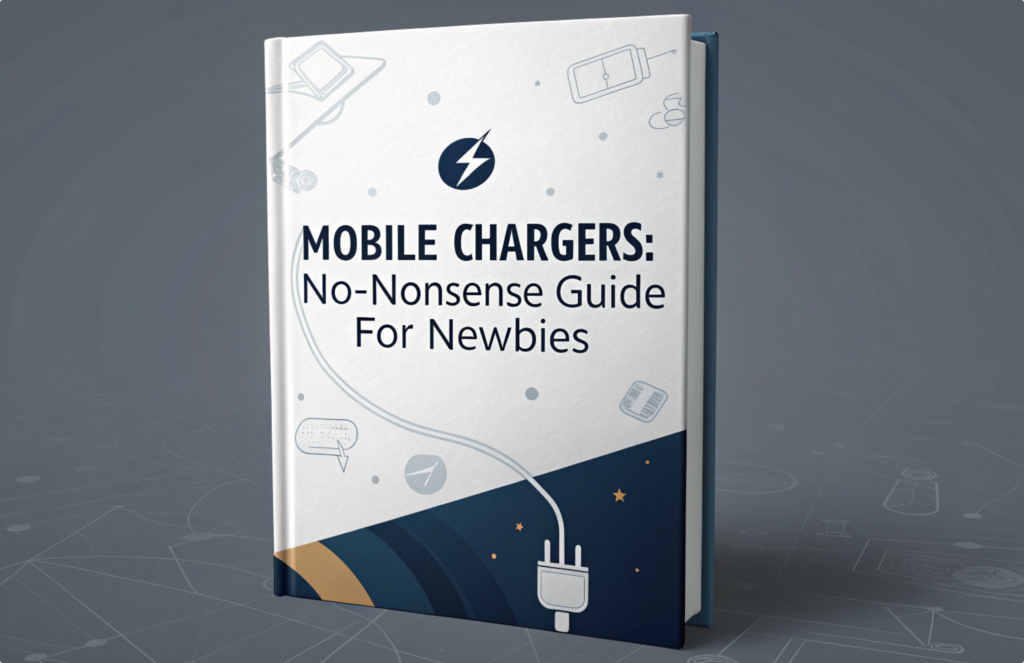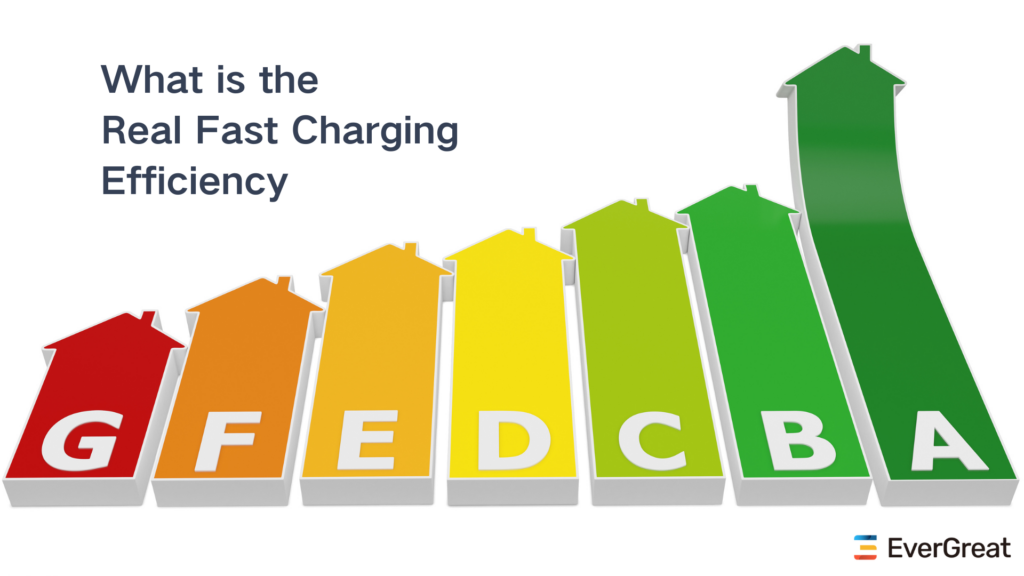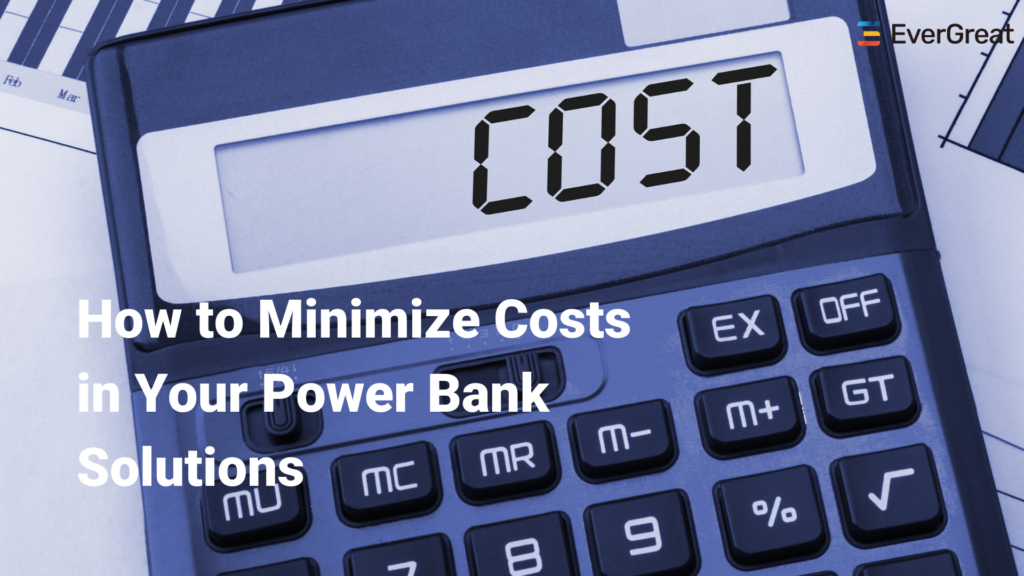Worried about your custom power bank order falling behind schedule? Production delays can cost you money and market opportunities. I understand this pain point directly.
When you want to avoid production delays, you must finalize all details early and pick a dependable supplier. This stops last-minute changes from slowing things down. A good partner will guide you through each step smoothly.

I have seen many projects go off track because of small details. It is easy to think you can decide later. But, waiting to make choices often creates bigger problems. I want to help you prevent these common issues. Let’s look at what usually causes delays and how to fix them.
What Causes Most Lead Time Extensions in OEM Orders?
Feeling frustrated by unexpected delays in your OEM orders? It is a common problem that costs businesses time and money. I often see people struggle with this.
Most lead time extensions happen because of unclear specifications or late changes. Not having all certifications ready also slows things down. Poor communication with the factory adds to these issues, pushing back delivery dates.

I know how crucial it is to keep things moving. Many factors can impact your production timeline. From my experience, some causes are more common than others. We need to look closely at these to truly understand how to prevent them.
Common Delay Culprits
I often find that unclear requirements are a big problem. If you do not spell out every detail at the start, the factory might make assumptions. These can be wrong. For example, a power bank’s charging speed or specific material finish needs to be exact. These specifications should include material choices, precise dimensions, and acceptable tolerances. Without clear assembly instructions, mistakes happen. Then, you need to change it, and this takes time. Each change means new samples, new checks, and new production runs. This cycle wastes weeks.
Another big reason for delays is certifications. Many countries have strict rules for electronics. You need CE, FCC, RoHS, or other special certifications to access those markets. Failing to comply can lead to redesigns and even recalls. If you wait until production starts to think about these, you will have problems. The factory might need to test the product. If it fails, they must redesign parts of it. This can mean new tooling or different components. I always advise my clients to talk about certifications early. Make sure your supplier knows what is needed for your market. They should have experience with these tests.
Supply chain issues also cause trouble. Sometimes, a specific chip or a unique type of plastic is hard to get. If your supplier does not manage their materials well, they might run out. This stops production completely. Component shortages, stemming from global events, can also cause delays. A good supplier plans ahead and diversifies their supply chain. They have relationships with component makers. They can find backup parts if needed. This is why choosing a reliable partner is key. They have processes in place to avoid these problems.
Impact of Poor Planning
| Problem Area | Direct Impact on Lead Time | Hidden Costs |
|---|---|---|
| Unclear Specs | Rework, re-sampling, extended approvals | Missed deadlines, lost sales opportunities |
| Late Changes | Production pauses, re-tooling, material reorders | Increased material waste, higher labor costs |
| Certification Issues | Design modifications, re-testing, legal hurdles | Fines, market entry barriers, brand damage |
| Supplier Communication | Misunderstandings, slow decision-making | Production errors, quality defects, rework |
I always stress that confirming everything early helps a lot. You need to finalize specs, certifications, packaging, and testing requirements. Do this with the factory from day one. This prevents any last-minute surprises. A good supplier, like EverGreat Technology, has strong processes. They use DFM (Design for Manufacturing) at the start. They do prototyping. Then, they follow a standard operating procedure (SOP). This full process helps control risks. It also makes sure your power banks arrive on time. Also, pilot production can help validate the manufacturing process and identify potential issues before mass production. Process control systems that monitor and adjust production in real-time are also essential for ensuring quality and minimizing delays.
How Early Should Color and Logo Be Confirmed?
Are you wondering when you really need to decide on your product’s color and logo? Many importers think they have more time than they do. This thinking can create big headaches.
You should confirm your product’s color and logo as early as possible. Ideally, these details need to be final before material ordering begins. Late changes can stop production, delay material delivery, and even cost extra money.
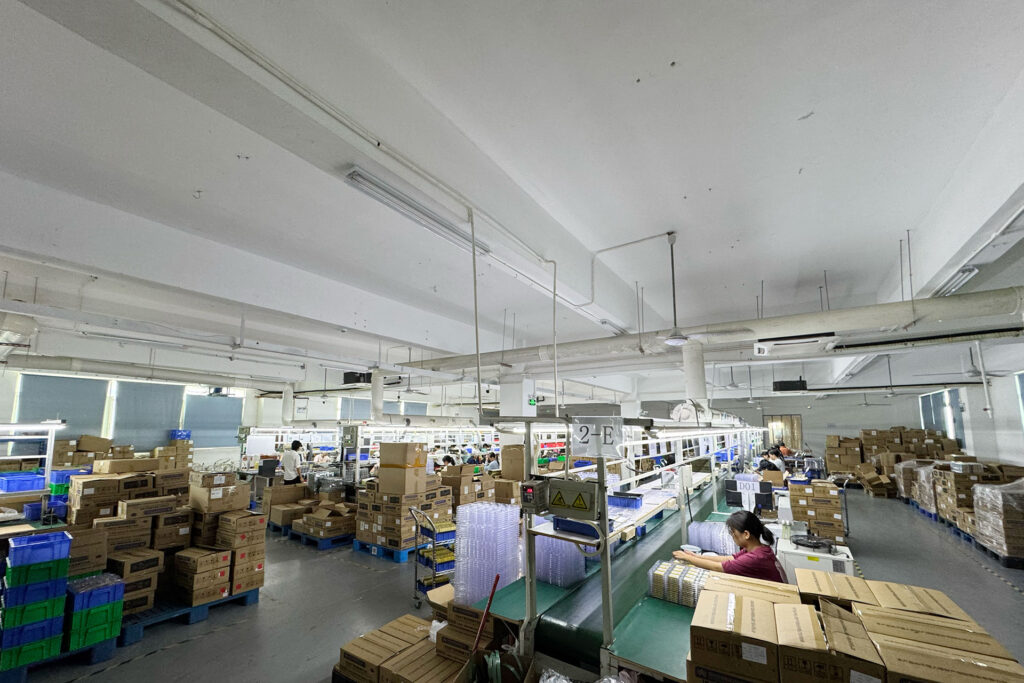
I know how exciting it is to see your brand come to life with a specific color or a sharp logo. But these seemingly small choices have a huge impact on your timeline. They are not just cosmetic elements. They are part of the core production plan.
Importance of Early Finalization
I always tell my clients to lock down color and logo details very early. It is not just about choosing a pantone code. It is about how that color looks on the final material. It is also about how the logo will be applied. Will it be silk-screened, laser-etched, or embossed? Each method has its own setup requirements.
Think about material ordering. If you want a specific shade of blue plastic for your power bank casing, the factory needs to order that specific plastic. Suppliers do not keep every color in stock. They buy it based on confirmed orders. If you change your color choice after the plastic is ordered, the first batch might become waste. Then, they have to order new material, which takes time. This pushes back your whole schedule.
The same goes for your logo. The factory needs to prepare templates or molds for printing or etching. This preparation takes time. If you change the logo design or its placement, they have to redo this work. Imagine setting up a printing machine for one design, only to scrap it and start over. This is not efficient. It costs time and money. I have seen projects where a simple logo tweak caused a week-long delay because new screens had to be made.
The Production Process and Your Design
| Stage | Color/Logo Impact | Risk of Late Change |
|---|---|---|
| Design & Prototyping | Visualizing final look, testing application methods | Requires new prototypes, extended approval cycles |
| Material Sourcing | Ordering specific colored plastics/paints | Scrapping existing materials, waiting for new stock |
| Tooling/Molding | Embedding logos into molds, creating printing stencils | Costly mold modifications, new stencils, production halts |
| Production & Assembly | Applying final colors and logos to components | Rework, material waste, delayed assembly lines |
My advice is to confirm these visual details during the Design for Manufacturing (DFM) phase. DFM optimizes designs for easier and more cost-effective manufacturing. It reduces costs, improves quality, and accelerates time to market. This is before any physical production begins. A good supplier will offer you color samples and logo mock-ups. They will help you choose the right method for your logo. This early confirmation integrates your branding into the overall production plan. This way, material ordering and production setup happen without any surprises. It helps you stay on track and avoid unexpected delays.
Is It Better to Use Existing Tooling for Faster Delivery?
Are you trying to decide if using existing tooling is the best path for your custom power bank? Many people ask me if this will truly speed up their order. It sounds like a simple way to save time.
Using existing tooling can lead to faster delivery because it avoids the long process of creating new molds. However, this means you will have less design freedom for your power bank’s shape and specific features. It works best if an existing design meets most of your needs.
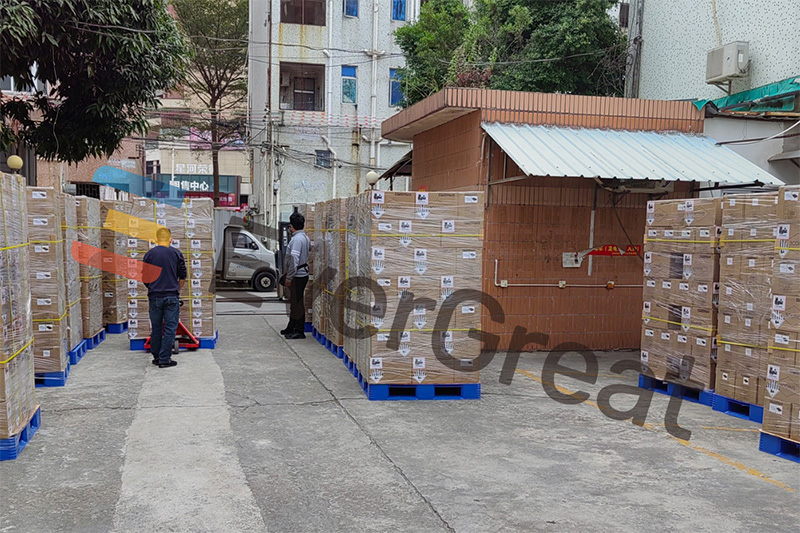
I understand the desire to get your product to market quickly. Time is money, after all. Using existing tooling seems like a straightforward solution. But it is important to weigh the pros and cons carefully. It is not always the best choice for every project.
When Existing Tooling Makes Sense
Existing tooling refers to molds or dies that a factory already owns. These molds are used to shape plastic parts, metal casings, or other components of a product. If your power bank design can fit into one of these existing molds, it can save a lot of time. Creating new tooling is a complex process. It involves designing the mold, machining it, testing it, and then refining it. This can take weeks, or even months, depending on the complexity. By using an existing mold, you skip this entire phase. This means production can start much sooner.
I often recommend existing tooling for clients who need a standard shape or a slightly modified version of a common product. For example, if you want a basic rectangular power bank and the factory has a mold for a similar size, that is a good candidate. You can still customize the color, logo, battery capacity, and packaging. These are all things that do not require new molds. This approach is excellent for quick market entry or for testing a new product idea without a huge upfront investment in custom molds.
Limitations and Trade-offs
However, using existing tooling comes with clear limitations. The most obvious one is design flexibility. You are tied to the shape and basic structure of the existing mold. If you have a unique design in mind, something with specific curves, special button placements, or a distinctive texture, existing tooling will not work. You will need custom molds to achieve that unique look. Sacrificing your exact vision for speed might not be worth it in the long run if your brand identity relies on a unique aesthetic. The cost of new tooling can range from a few thousand to over $100,000.
| Factor | Existing Tooling | New Custom Tooling |
|---|---|---|
| Development Time | Faster (weeks saved) | Slower (adds weeks to months) |
| Upfront Cost | Lower (no tooling cost) | Higher (significant tooling investment) |
| Design Flexibility | Limited to existing shapes | Full customization possible |
| Market Differentiation | Can be lower (shared design base) | High (unique product appearance) |
I always discuss these trade-offs with my clients. If your brand needs a distinct product to stand out, new tooling is the way to go. If your priority is speed and cost-effectiveness for a more standard product, then existing tooling is a smart choice. A good supplier will offer both options. They will help you understand the cost and time implications of each. This helps you make the best decision for your project goals. EverGreat Technology combines the innovation of ODM with the efficiency of OEM. This means we can either use existing designs for speed or develop fully custom products for a unique brand identity.
Conclusion
To avoid delays in custom power bank production, confirm all details early. Choose a reliable supplier with strong processes. This saves time and money, ensuring your product arrives on schedule.


